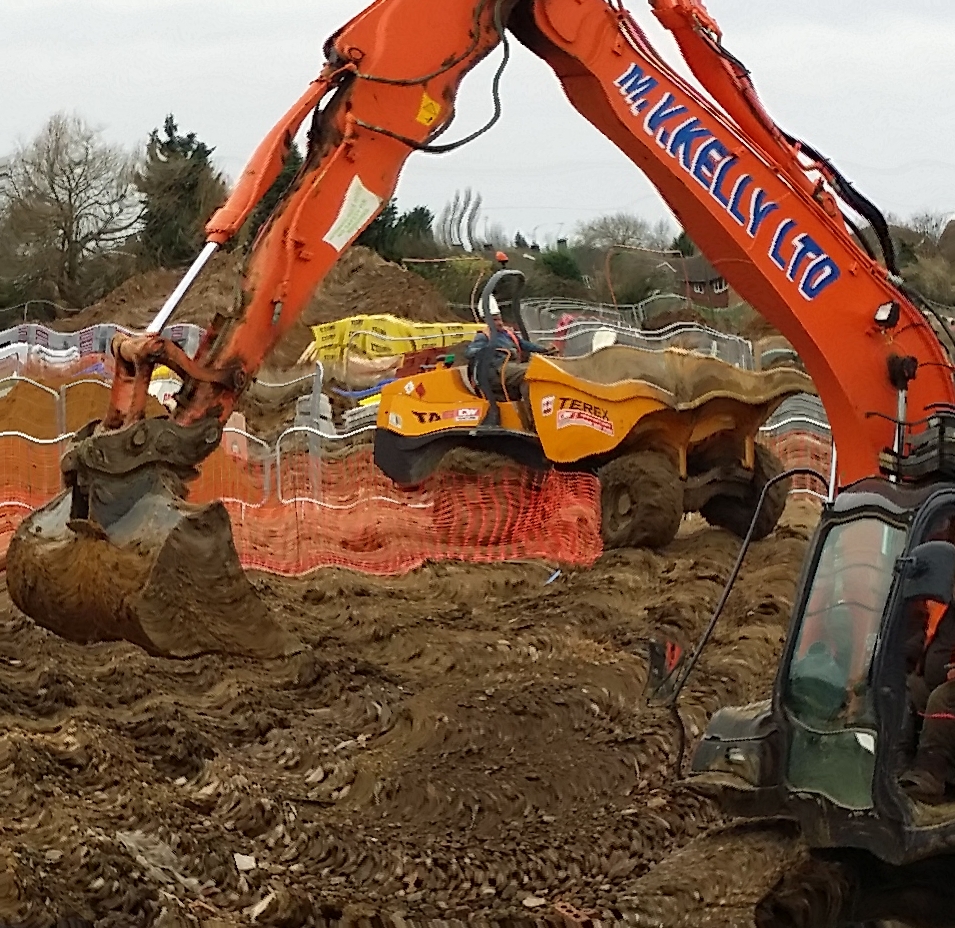
-

The access controls in DOORS Next are really quite good, however, you need to really think about how you are going to get the best out of them. Access control is made up of two components; What you can do,…
-

DNG Link to Base or Module Artifact?
In DOORS Next, should we be linking base artifacts or module artifacts? It is a question worthy of consideration for many reasons. The key principle that this approach addresses is to make it simple for the majority of the end…
-

Hitting the restart button
Like some dystopian drama set in the near future, the COVID-19 Zombie Apocalypse has had a huge effect on the world; finance, business, health, travel, social and more. Globally we hit the E-Stop button and nearly half the world’s population…
-

Virtual Workshops
Business as usual I have been working remotely for a little over ten years, so the current work from home is in many ways business as usual for me. I haven’t turned a wheel on the car for a couple…
-

DOORS Next Glossary
I have recently noticed that many DOORS Next users seem unaware of the Glossary Terms feature. It is a very simple idea, and has been in the tool for some time now. I will explain what it is and how…
-

Agile Solo
I have recently brushed up on some basic Agile training, it mostly applies to teams and, at least the literature, is focused around software development. I am not a software developer, and I work on my own for a large…
-

Using DOORS Next Gen in a Supply Chain
A common request is to maintain traceability into the supply chain. This has always proved to be problematic for a number of reasons, some technical and some political. I am offering here a potential solution. We have, in many industries,…
-

Connecting DOORS NG and DOORS 9 with OSLC
I recently had a need to connect DOORS Next Generation to DOORS 9 with OSLC. The environment that I had was complete with a configured set up of DOORS Web Access, which is necessary along with DOORS 9 and DNG.…
-

Setting the Context in DNG
I have been setting up a demo project in DOORS Next Generation. It starts with a Vision Document and then moves on to a number of Context diagrams. There will be more as the project develops, but that is as…
-

Going beyond a headful
As a unit of measure, a headful is not consistent. Not consistent between individuals, not consistent in any one individual from day to day. I will explain what I mean by the term, how it varies, and how to stretch…